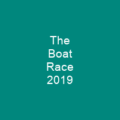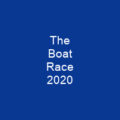The Vendée Globe is a single-handed non-stop round the world yacht race. The race was founded by Philippe Jeantot in 1989, and since 1992 has taken place every four years. The first race was run in 1989–90, and was won by Titouan Lamazou, sailing Ecureuil d’Aquitaine II.
About Vendée Globe in brief

The Open classes are unrestricted in certain aspects, but a box rule governs parameters such as overall length, draught, appendages and stability, as well as numerous other safety features. The competitors may stop at anchor, but may not draw alongside a quay or another vessel; they may receive no outside assistance, including customised weather or routing information. To mitigate the risks, competitors are required to undergo medical and survival courses. They must also be able to demonstrate prior racing experience; either a completed single- handed trans-oceanic race or the completion of a previous Vendée Globes. The only exception is that a competitor who has an early problem may return to the start for repairs and then restart therace, as long the restart is within 10 days of the official start. In order to ensure safety, additional waypoints may be set in the sailing instructions for a particular race, in order to. ensure safety relative to ice conditions, weather, etc. The race presents significant challenges; most notably the severe wind and wave conditions in the Southern Ocean, and the fact that the course takes competitors far from the reach of any normal emergency response. A significant proportion of the entrants usually retire, and in the 1996-97 race American Gerry RouFS was lost.
You want to know more about Vendée Globe?
This page is based on the article Vendée Globe published in Wikipedia (as of Dec. 07, 2020) and was automatically summarized using artificial intelligence.







